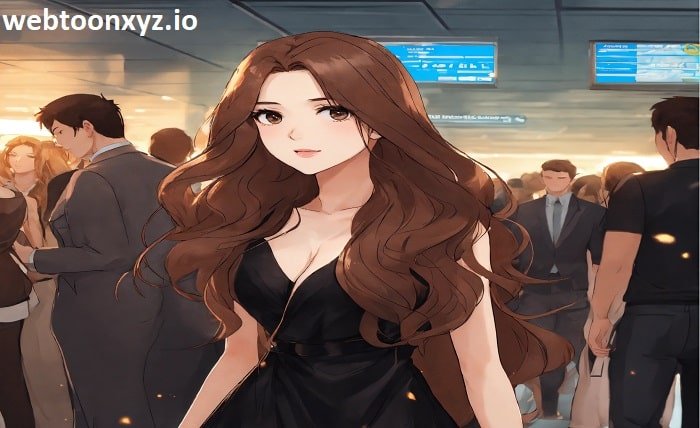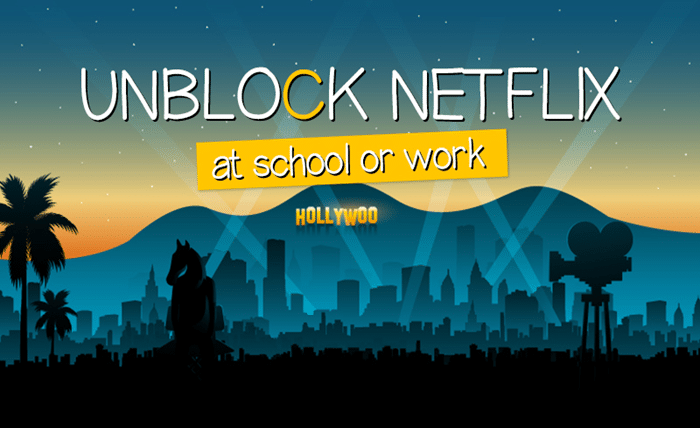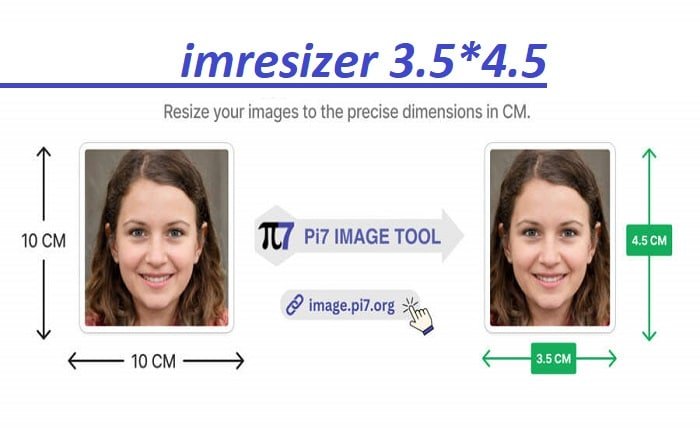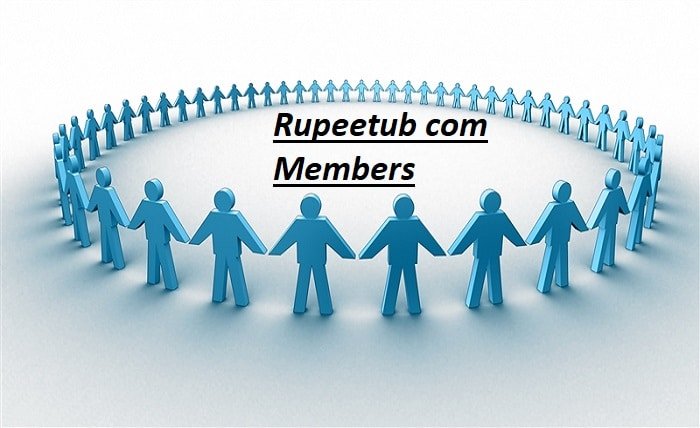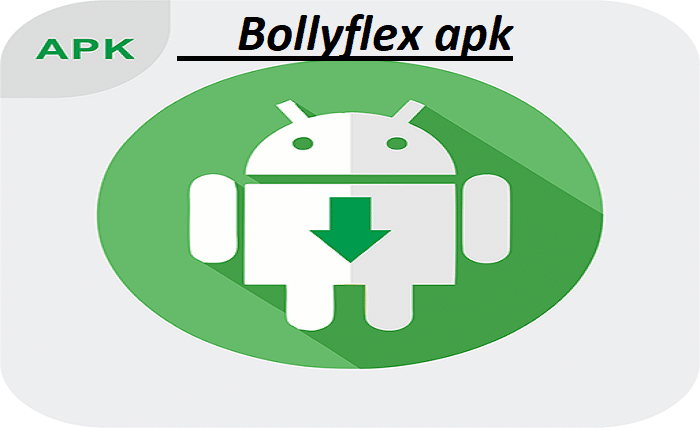The world of graphic storytelling is rich and diverse, with manhwa, manga, and webtoon standing out as three of the most influential genres. Manhwa, manga, and webtoon each offer unique styles, narratives, and cultural backgrounds that cater to a wide array of audiences. Understanding the distinctions and similarities between manhwa, manga, and webtoon can enhance your appreciation and enjoyment of these captivating art forms. This guide will delve into the origins, characteristics, and global impact of manhwa, manga, and webtoon, providing you with a comprehensive overview of these beloved genres.
Origins and Evolution of Manhwa, Manga, and Webtoon
Manhwa, manga, and webtoon each have distinct origins that have shaped their evolution over time. Manga originates from Japan and has a history that dates back to the late 19th century, evolving into a dominant form of entertainment with a wide range of genres. Manhwa, on the other hand, hails from South Korea and has grown significantly, especially with the rise of digital platforms. Webtoon, a more recent innovation, emerged in the early 21st century as a digital-first format, primarily in South Korea, making manhwa, manga, and webtoon accessible to a global audience through the internet. The evolution of manhwa, manga, and webtoon reflects the changing technologies and cultural exchanges that continue to influence these genres.
Distinguishing Characteristics of Manhwa, Manga, and Webtoon
While manhwa, manga, and webtoon share the commonality of being serialized graphic novels, each possesses unique characteristics that set them apart. Manga is typically published in black and white and read from right to left, maintaining a traditional format that emphasizes detailed artwork and intricate storylines. Manhwa often incorporates color and is read from left to right, aligning with Western reading patterns, and tends to feature more contemporary themes influenced by Korean culture. Webtoon is designed for digital consumption, utilizing a vertical scroll format that enhances readability on smartphones and tablets. The distinct formats and stylistic choices of manhwa, manga, and webtoon cater to different preferences and reading habits.
Popular Genres within Manhwa, Manga, and Webtoon
Manhwa, manga, and webtoon encompass a wide range of genres, each appealing to diverse audiences. Manga is known for genres like shonen (targeted at young males), shojo (targeted at young females), seinen (adult males), and josei (adult females), offering everything from action-packed adventures to romantic dramas. Manhwa also covers similar genres but often integrates elements unique to Korean storytelling, such as historical narratives and modern romantic comedies. Webtoon excels in delivering serialized stories in genres like fantasy, romance, horror, and slice of life, leveraging interactive features and vibrant colors to engage readers. The versatility of manhwa, manga, and webtoon allows creators to explore a multitude of themes and storytelling techniques.
The Global Impact of Manhwa, Manga, and Webtoon
The influence of manhwa, manga, and webtoon extends far beyond their countries of origin, shaping global pop culture in significant ways. Manga has been instrumental in popularizing Japanese culture worldwide, inspiring adaptations in anime, live-action films, and merchandise. Manhwa has gained international recognition, especially through platforms like Webtoon, which have facilitated the global spread of Korean narratives and artistic styles. Webtoon itself has revolutionized the way stories are consumed, making manhwa, manga, and webtoon more accessible to a global audience and fostering a diverse community of readers and creators. The cross-cultural exchange fostered by manhwa, manga, and webtoon has enriched the global entertainment landscape, highlighting the universal appeal of graphic storytelling.
How to Get Started with Manhwa, Manga, and Webtoon
Embarking on your journey into manhwa, manga, and webtoon is simple and rewarding. To get started, choose a platform that offers a wide selection of manhwa, manga, and webtoon titles, such as Crunchyroll Manga, ComiXology, Webtoon, or Tapas. Begin by exploring popular series or genres that interest you, whether it’s the action-packed adventures of manga, the romantic tales of manhwa, or the innovative storytelling of webtoon. Many platforms offer free chapters, allowing you to sample different styles before committing to a subscription or purchase. By immersing yourself in manhwa, manga, and webtoon, you can discover new favorites and expand your appreciation for diverse storytelling methods.
Creating Your Own Manhwa, Manga, or Webtoon
For those inspired by manhwa, manga, and webtoon, creating your graphic novel can be an exciting endeavor. Start by understanding the unique formats and conventions of each genre. Manga requires a solid grasp of panel layout and pacing to convey complex narratives effectively. Manhwa emphasizes dynamic character development and often incorporates contemporary themes reflective of Korean society. Webtoon offers flexibility with its vertical scroll format, allowing for creative storytelling techniques and interactive elements. Utilize digital tools like Clip Studio Paint, Adobe Photoshop, or specialized webtoon platforms to design and publish your manhwa, manga, and webtoon. Embrace the distinct characteristics of each genre to craft compelling and visually stunning stories.
The Role of Technology in Manhwa, Manga, and Webtoon
Technology plays a pivotal role in the dissemination and evolution of manhwa, manga, and webtoon. The rise of digital platforms has revolutionized how these genres are created, distributed, and consumed. Webtoon thrives on digital technology, leveraging mobile-friendly formats and interactive features to engage readers in real time. Manga and manhwa have also benefited from digitalization, with online platforms making it easier for international audiences to access a vast library of titles. Additionally, advancements in digital art tools have empowered creators to produce high-quality manhwa, manga, and webtoon with greater efficiency and creativity. Technology continues to shape the future of manhwa, manga, and webtoon, driving innovation and expanding their global reach.
The Business Side of Manhwa, Manga, and Webtoon
Understanding the business aspects of manhwa, manga, and webtoon is essential for creators and entrepreneurs looking to enter the market. The monetization strategies vary across these genres, with manga often relying on traditional publishing, licensing deals, and merchandise sales. Manhwa has found success through digital platforms that offer subscription models and ad-supported content, providing a steady revenue stream for creators. Webtoon utilizes advertising, in-app purchases, and crowdfunding to sustain its offerings, making it a lucrative avenue for independent artists. Additionally, collaborations between manhwa, manga, and webtoon creators and other media industries, such as animation and gaming, present numerous opportunities for growth and diversification in the business landscape.
Community and Fan Engagement in Manhwa, Manga, and Webtoon
The vibrant communities surrounding manhwa, manga, and webtoon play a crucial role in their sustained popularity. Fan engagement through social media, forums, and fan art contributes to the dynamic exchange of ideas and support for creators. Platforms like Reddit, Discord, and Twitter host active discussions where fans share recommendations, reviews, and interpretations of their favorite manhwa, manga, and webtoon. Additionally, fan conventions and online events provide opportunities for direct interaction between creators and their audience, fostering a sense of community and loyalty. The passionate fan base of manhwa, manga, and webtoon not only drives their popularity but also influences trends and innovations within the genres.
Future Trends in Manhwa, Manga, and Webtoon
The future of manhwa, manga, and webtoon is poised for exciting developments driven by evolving technologies and changing consumer preferences. Emerging trends include the integration of augmented reality (AR) and virtual reality (VR) to create immersive reading experiences for manhwa, manga, and webtoon enthusiasts. Additionally, the rise of artificial intelligence (AI) in the creation process promises to streamline production and introduce new creative possibilities. Cross-media adaptations, such as interactive webtoons and animated series based on manhwa, manga, and webtoons, are becoming increasingly popular, expanding their reach and impact. Furthermore, the globalization of these genres will continue to foster diverse storytelling, bridging cultural gaps and uniting fans worldwide. Staying abreast of these trends ensures that manhwa, manga, and webtoon remain at the forefront of graphic storytelling innovation.
Conclusion
Manhwa, manga, and webtoon represent the pinnacle of graphic storytelling, each offering unique styles, narratives, and cultural insights. Whether you’re drawn to the traditional artistry of manga, the contemporary flair of manhwa, or the innovative format of webtoon, these genres provide endless opportunities for enjoyment and creativity. By understanding the distinctions, exploring the various uses, and engaging with the vibrant communities, you can fully appreciate the richness and diversity that manhwa, manga, and webtoon bring to the world of graphic novels. Embrace the captivating stories and artistic excellence of manhwa, manga, and webtoon, and let them inspire your creative endeavors or simply provide endless hours of entertainment.
FAQ
1. What is the difference between manhwa, manga, and webtoon?
Manhwa, manga, and webtoon are all forms of graphic storytelling, but they originate from different cultures and have distinct formats. Manga is Japanese and typically printed in black and white, read from right to left. Manhwa comes from South Korea, often colored, and reads from left to right. Webtoon is a digital-first format, primarily from South Korea, designed for vertical scrolling on smartphones.
2. Can I read manhwa, manga, and webtoon in the same way?
While the core experience of reading manhwa, manga, and webtoon is similar, the formats differ. Manga is usually read in physical books or scanned digital versions, maintaining a traditional page layout. Manhwa can be read digitally or in print, often with color, and webtoon the is optimized for digital platforms with a continuous vertical scroll format, making it easier to read on mobile devices.
3. Are manhwa, manga, and webtoon available in multiple languages?
Yes, manhwa, manga, and webtoon are widely translated into various languages to cater to a global audience. While manga and manhwa are originally in Japanese and Korean respectively, many titles are available in English and other languages. Webtoon platforms like Webtoon and Tapas also offer translations, making these genres accessible to non-native speakers.
4. How do I choose between reading manhwa, manga, and webtoon?
Choosing between manhwa, manga, and webtoon depends on your personal preferences regarding art style, storytelling format, and genre. If you prefer traditional print formats and intricate black-and-white art, manga might be your choice. If you enjoy color and contemporary themes, manhwa could be more appealing. For a more interactive and mobile-friendly experience, webtoon is ideal.
5. Can I create my manhwa, manga, or webtoon?
Absolutely! Anyone with a passion for storytelling and art can create their manhwa, manga, and webtoon. Utilize digital art tools like Clip Studio Paint, Adobe Photoshop, or specialized platforms like Webtoon Canvas to design and publish your work. Sharing your creations online through webtoon platforms can help you reach a global audience and build a community around your stories.

